That Summer: Cycling through Uzbekistan’s Silk Road cities in 2015
Rory Sullivan recalls a scorching adventure through central Asia after a chance encounter with a persuasive salesperson in Germany

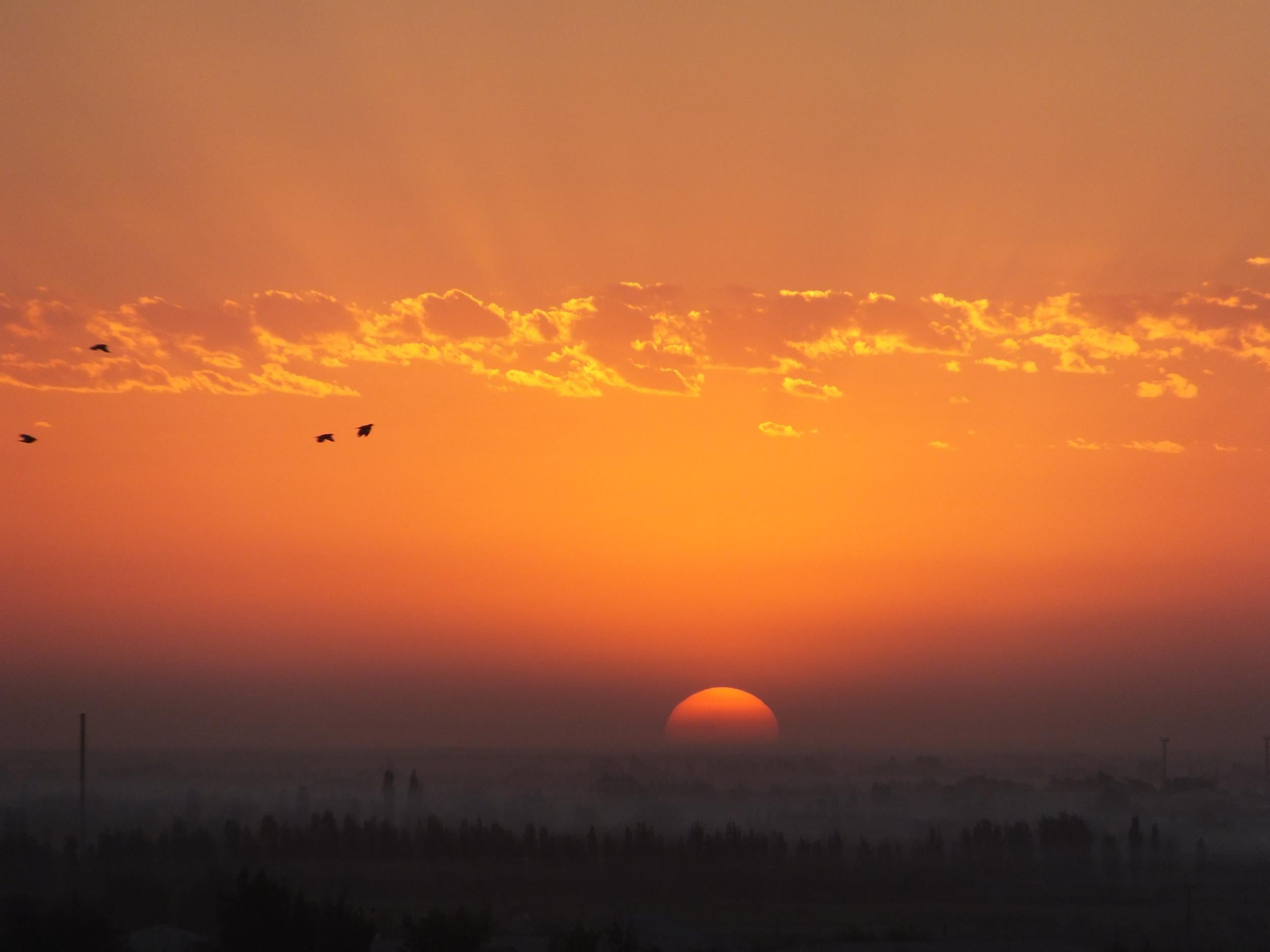
Uzbekistan had not been on my travel horizons until I got talking to an Uzbek salesperson who happened to be sitting opposite me on a train in Germany in the summer of 2010.
He was clearly good at his job, for I quickly became gripped by his descriptions of his homeland and by the photos of turquoise-domed mosques he insisted on showing me on his phone. It all seemed so far removed from the pine forest zipping past the window during our conversation.
His niche of selling bike tours was also appealing to someone active and outdoor-minded like me.
As is the way with these things, I put the business card he gave me in my wallet, promised myself I would remember it and then quickly forgot.
Five years later, I was coming to the end of my penultimate year at university and wondering how to fill a gap in my summer. Tidying my wallet, I came across his by-then tattered card.
It prompted me to map out a potential bike route. After some basic research, I settled on a loose plan of cycling out from the capital, Tashkent, through the Silk Road cities of Samarkand, Bukhara and Khiva in a curve to the west – a journey of roughly 1,000km. And then I booked the flights for my month-long expedition.
My first impression of Uzbekistan was chaotic. As the airport’s conveyor belt was out of service, fellow passengers on my red-eye flight from Riga rushed among the bags that had been dumped beside it. It took me an anxiously long time to track down my disassembled bike in its cardboard box.
Stepping outside into the morning sun, the summer heat struck me – I naively hadn’t given it much thought while planning my trip.
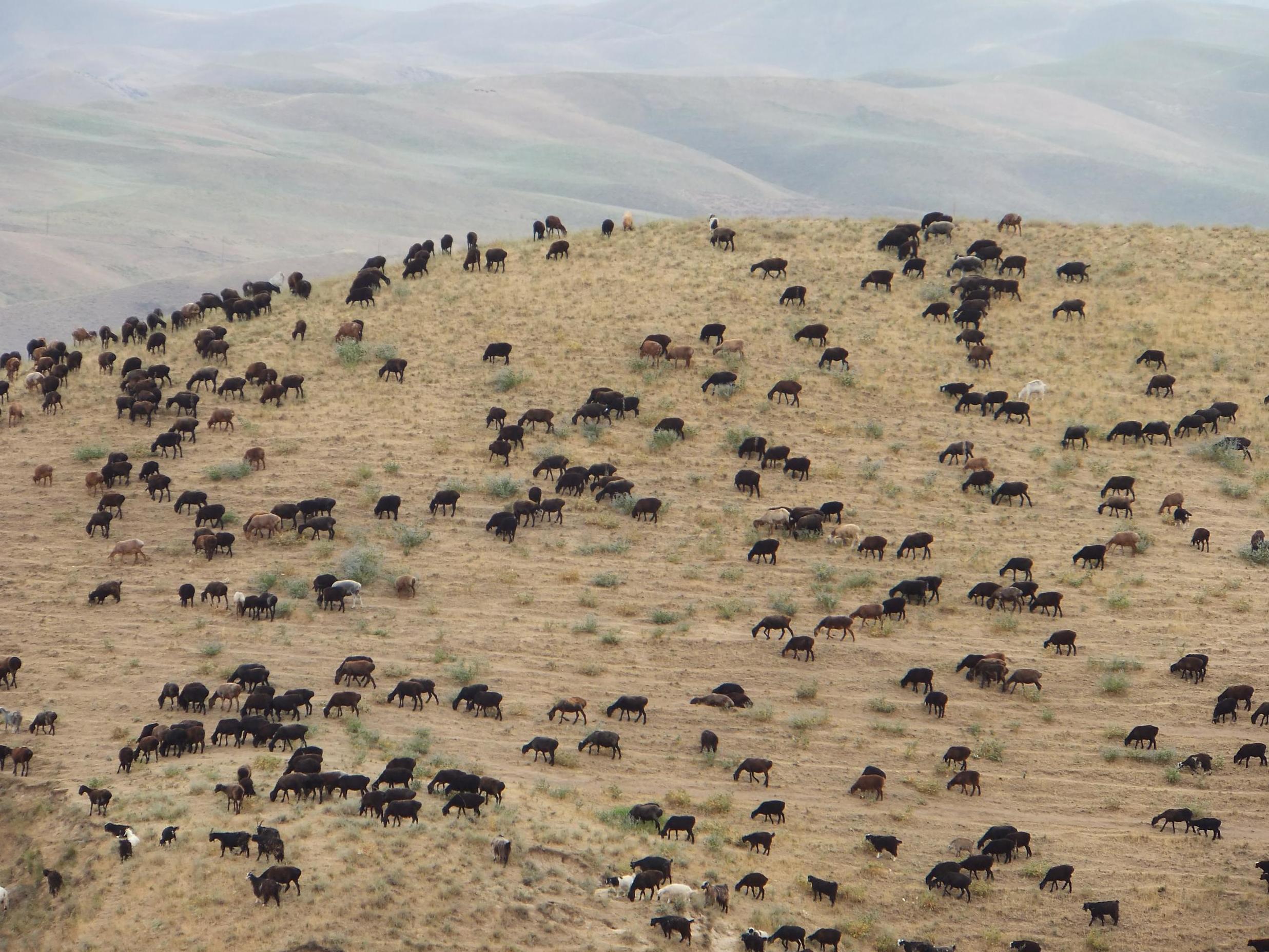
For the first few days I wandered around the capital – to local food markets, the national history museum, a mosque containing an 8th-century Quran – slowly adjusting to the climate.
Taking the metro, which had been built 14 years before the Soviet Union and its rule over central Asia collapsed in 1991, was a good way to avoid the sun. It was also worth the journey just to look at the designs of the stations – some decorated with socialist realism art, others, inspired by Islamic architecture, pocketed with internal domes. All over the network, the cool marble was a welcome relief.
The 40-degree heat made the first day of cycling a challenge, but the constant friendliness and generosity of strangers softened the blow.
This was especially true of Islam, a charismatic cotton farmer who invited me to spend the night with his family after first buying me a lemonade and giving me a tour of the fields where he worked.
Over the course of the following weeks, I quickly got into a routine, taking smaller – if bumpier – roads where possible and stopping for two-hour lunch breaks to shelter from the worst of the sun in a cafe or under a rare tree.
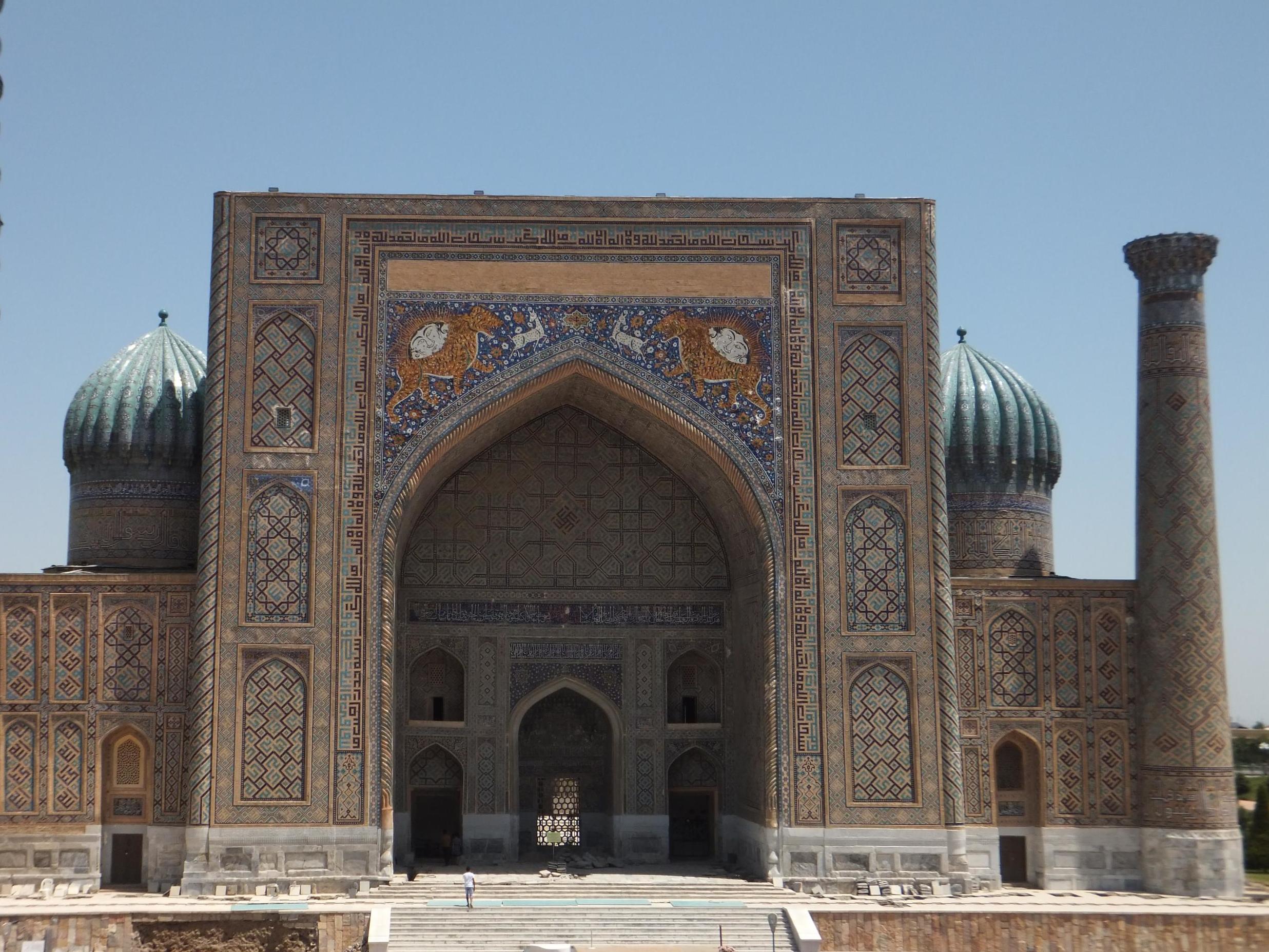
Before I reached Samarkand, a city famous for its madrassas (Islamic religious schools), I met Rustam by the roadside, where we had both stopped to buy a melon. He wrote down his phone number and told me to call him when I reached his town that evening, which lay only slightly off route.
Although I had read about Uzbekistan’s police state under President Karimov, and its dire human rights record, Rustam explained what this meant in practice.
When talking about the government, he took to whispering, after pointing at his phone and intimating that there were ears everywhere. We continued this quiet chat later as we strolled through the empty streets near his home, clutching bottles of beer, badly concealed beneath the black plastic bags he had wrapped them in.
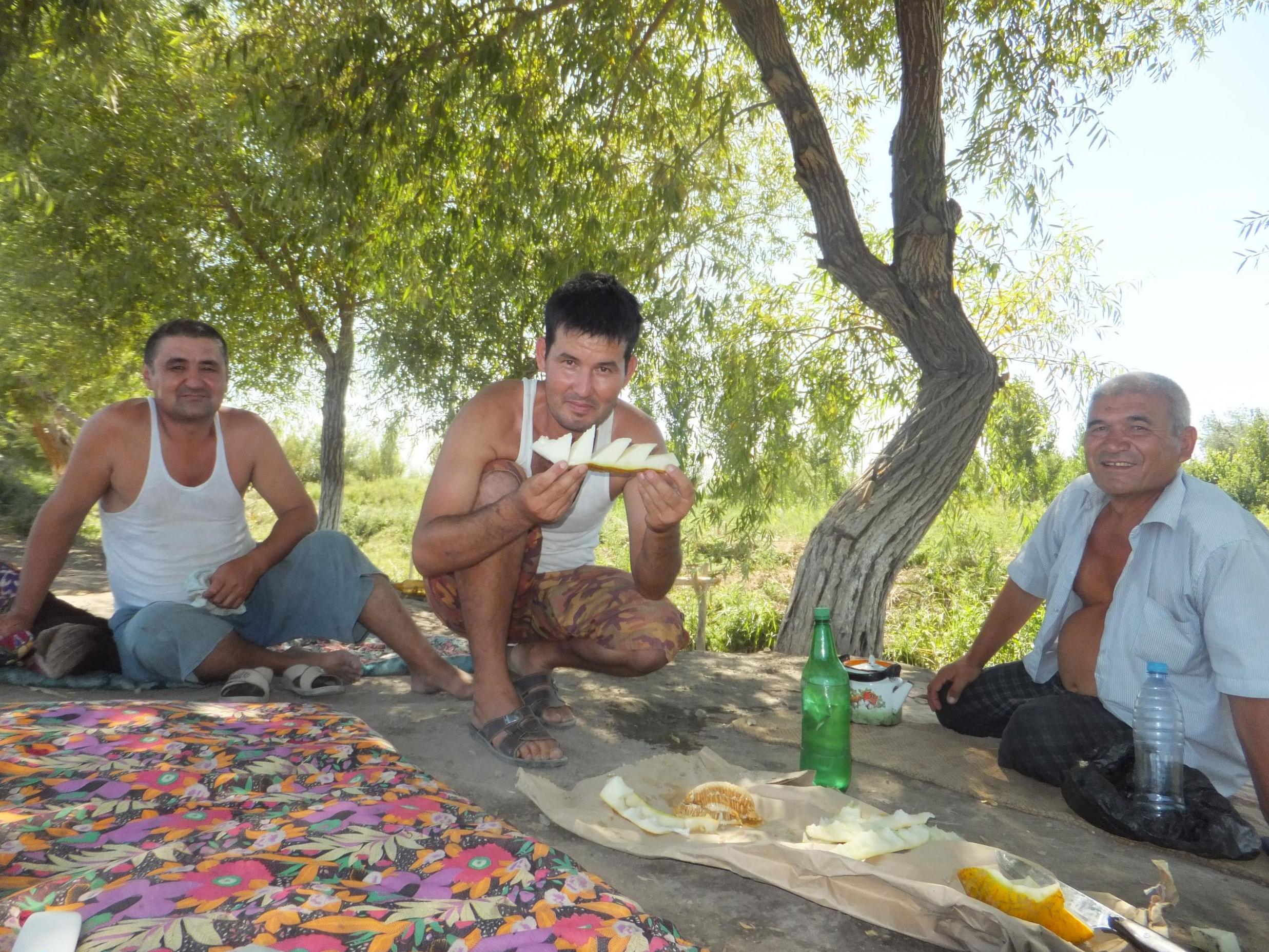
I had other similar conversations during my month in Uzbekistan, once with a hostel owner and another with a charity worker.
It was their words, rather than the country’s grand historic architecture – impressive though it was – that have stuck with me most.
The architecture was quite something though: from the attention-grabbing tiger mosaic on the Sher Dor madrassa’s iwan in Samarkand to the simple beauty of the 12th century Kalyan minaret in Bukhara, which survived Genghis Khan’s brutal invasion of the city in 1220.
I also became well acquainted with other historical figures like Temur and his more cerebral grandson, the astronomer Ulugh Beg, whose status grew after Uzbek independence.
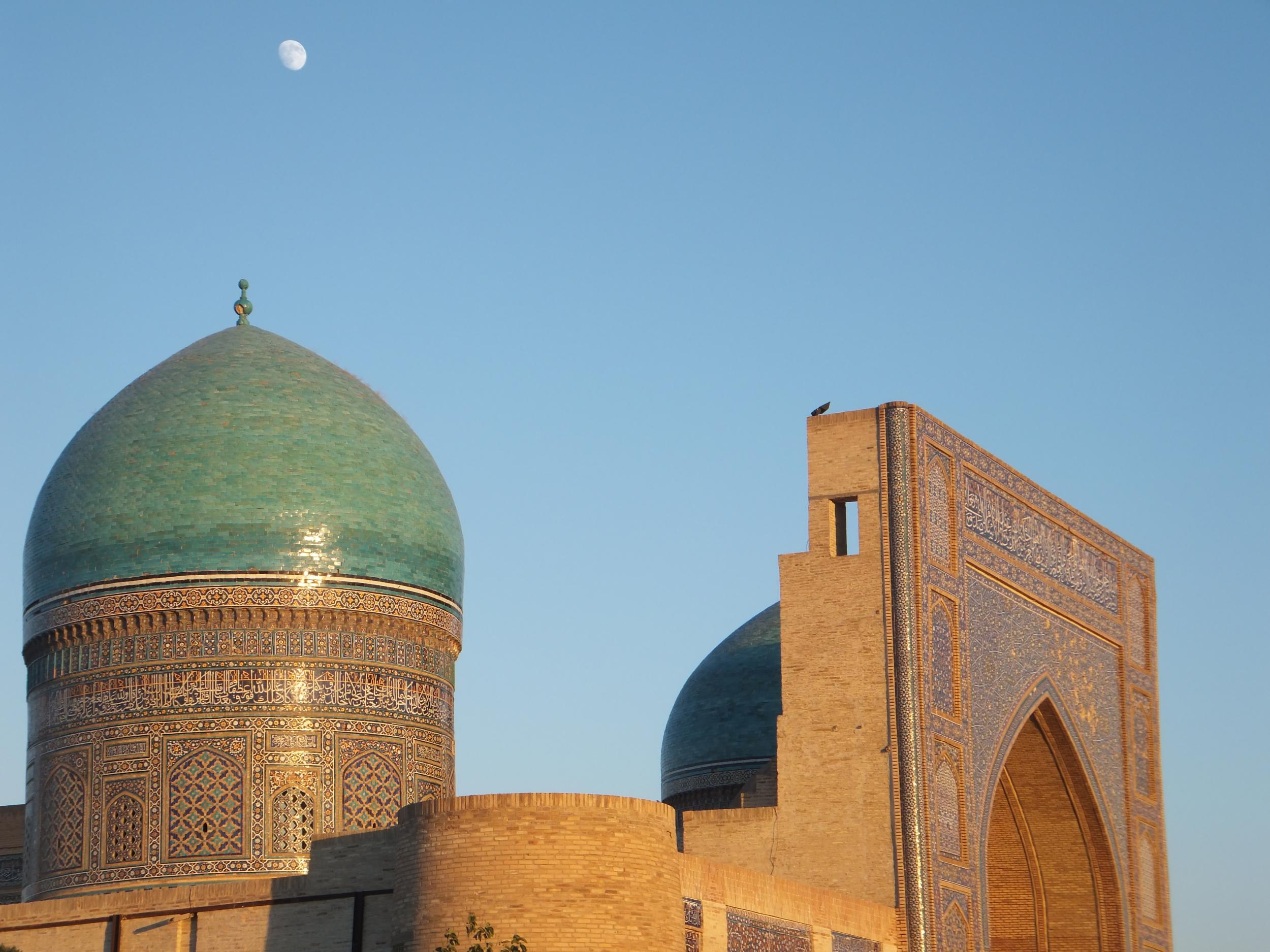
My first sighting of Temur, or Tamerlane as he is better known in the west, was a statue of him on a horse in a Tashkent square, near where the world’s largest likeness of Lenin had once stood. On its pedestal, the words “Strength in Justice” were written, which seemed an odd choice for a leader whose army is thought by some estimates to have killed 5 per cent of the world’s population in conquests that reached as far as Turkey.
Since his birthplace, Shakhrisabz, was just over the mountains from Samarkand, I decided to take a detour to visit. All that remains of the enormous Ak-Saray palace complex he built there were two sections of its entrance portal, which alone gave a dizzying impression of its scale. Unlike Samarkand, this place echoed Shelley’s poem Ozymandias, in which a statue’s “two vast and trunkless legs of stone”, surrounded by desert, are all that remain of a ruler’s once great city.
Apart from a hilly stretch near the border with Tajikistan, and then the road from Samarkand, most of the journey was thankfully flat. I pedalled past a great many cotton fields – so numerous because of the USSR’s decision to implement a mono-agricultural policy – or else semi-desert and scrubland.
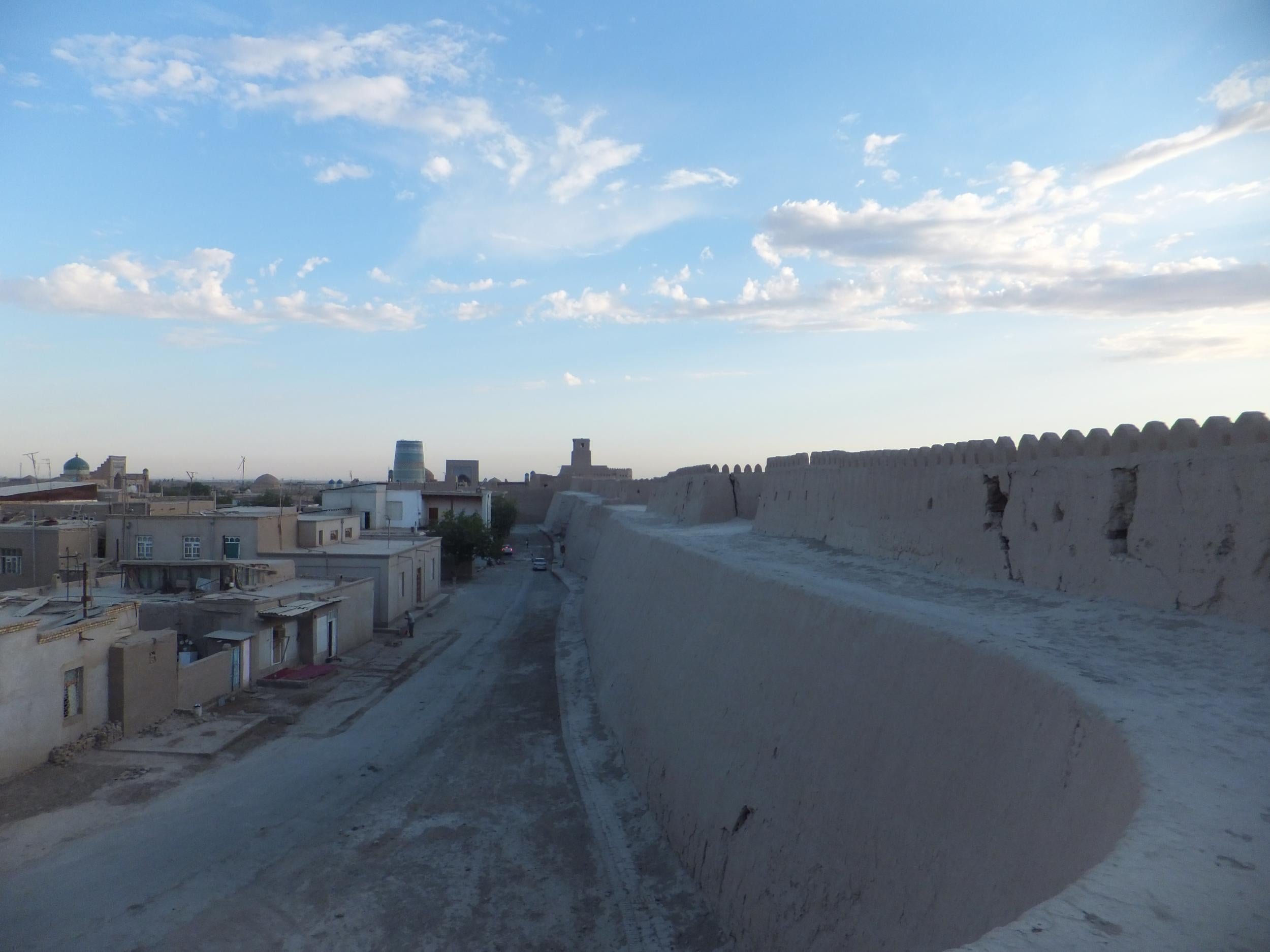
At one point, after spending four days ill in bed, I chose to get a lift through an actual desert, the Kyzylkum. The car dropped me and my bike off in Khiva, perhaps my favourite of the three Silk Road cities – memorable for its crenellated mud walls, its sunsets and the squat Kalta Minor minaret with its colourful bands.
Khiva was supposed to be where I stopped, but I decided I could squeeze in two more days cycling to Nukus, home to one of the best art museums in central Asia, filled with work banned under Stalin. Its collection was bravely amassed by a former electrician, Igor Savitsky, over the course of a decade. Sadly, since it was unexpectedly closed the next day, I only had an hour to dart around it after I arrived in the late afternoon.
On the 24-hour train back from Nukus to Tashkent, spared from the usual exertion, I had time to properly reflect. My mind flashed back to some of the highlights.
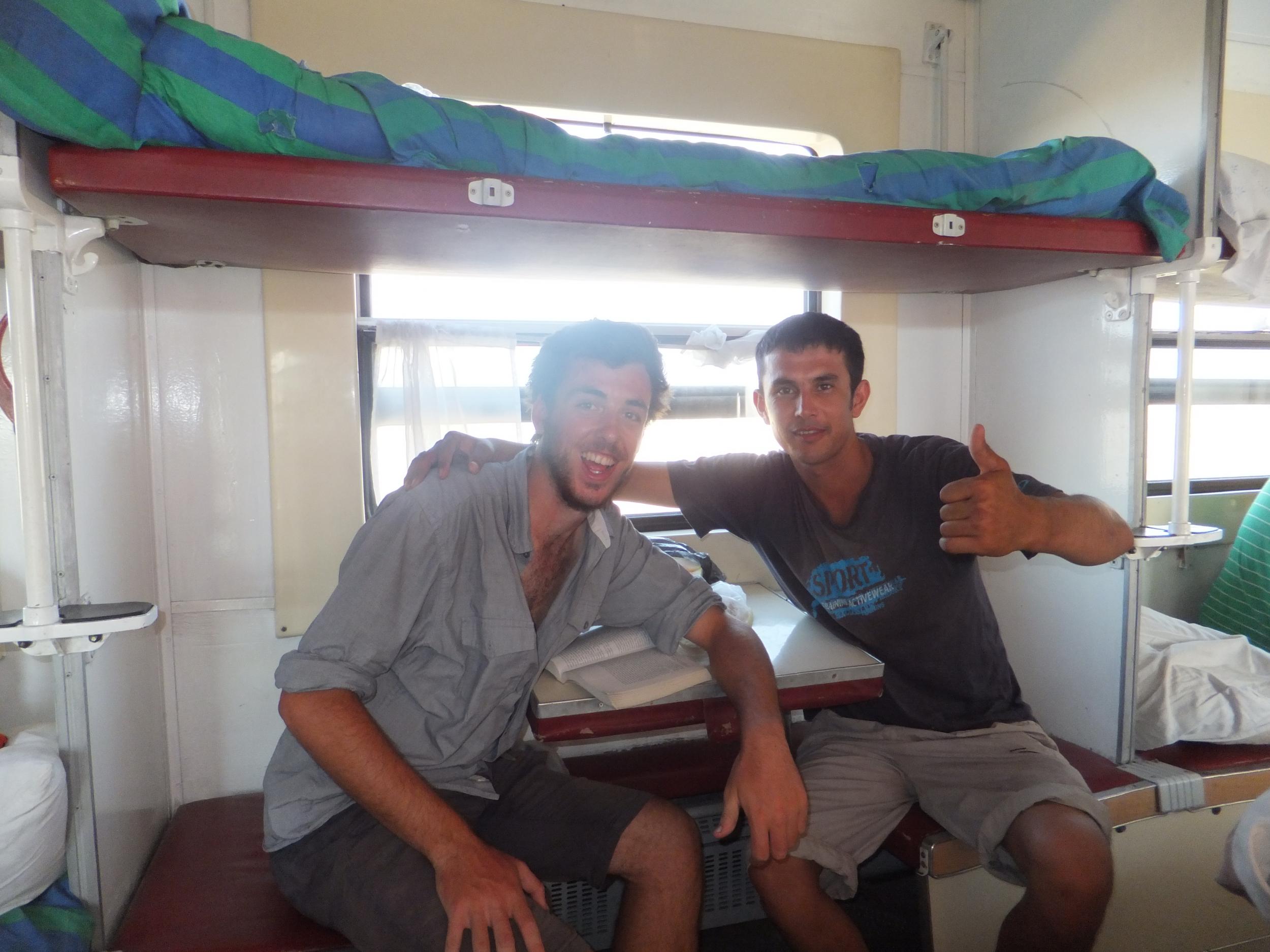
One was an evening spent eating osh – a dish made from pilau rice, carrot and mutton – with an extended family south of Shakhrisabz, who put me up for the night. Another was washing in a desert spring after sunset with strangers-turned-friends, who drove me there and back from my tent and who couldn’t get enough of Abba.
Meeting all these people, and listening to stories about their daily lives, reinforced a growing conviction that I wanted to become a journalist.
And I thought about the good fortune of that train ride in Germany half a decade earlier: a chance encounter brought me to a country I might not otherwise have chosen to visit and on a journey rich in experiences.
This piece appears as part of The Independent’s That Summer series. Find out more about it here
Join our commenting forum
Join thought-provoking conversations, follow other Independent readers and see their replies
Comments
Bookmark popover
Removed from bookmarks